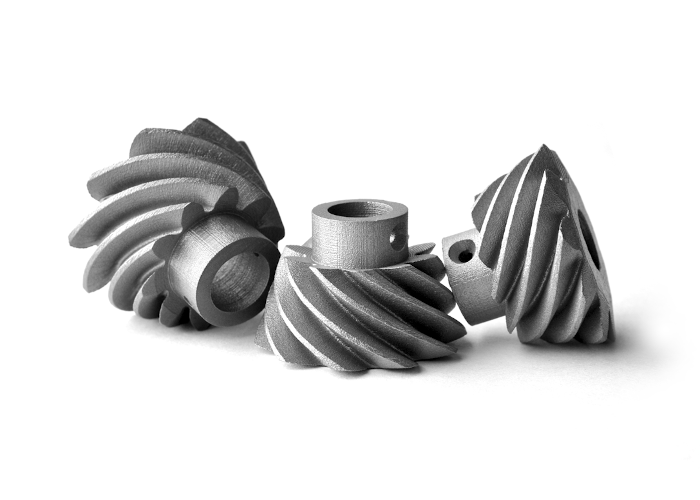AM Academy
Sinter-Based AM
Deep-Dive
Learn how to work with Sinter-Based AM Technologies. A course specifically targeted towards Designers and other professionals working with Sinter-Based Additive Manufacturing Technologies such as Binder Jetting and Material Extrusion.
Sinter-Based AM Deep-Dive
- Advanced
- 43 minutes of on-demand videos
- 1-2 hours to complete
- 3 assessments
- Certificate upon successful completion



